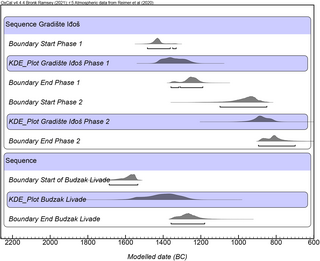A 27,000-year-old pyramid? Controversy hits an extraordinary archaeological claim (www.nature.com)
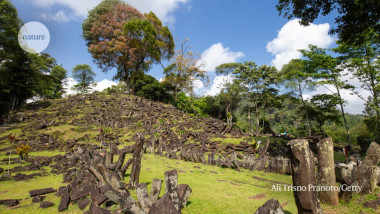
This magazine is from a federated server and may be incomplete. Browse more on the original instance.

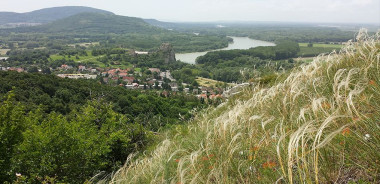
The double burial of an adult woman and an infant, dating to about 7000–6800 BCE, discovered in 1934 during construction works at the spa gardens of Bad Dürrenberg, is regarded as one of the outstanding burial finds of the Mesolithic in Central Europe. Because of the unusual equipment with the woman, who was buried in a...
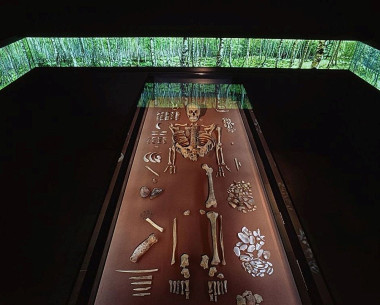
A research group led by the Nagoya University Museum and Graduate School of Environmental Studies in Japan has clarified differences in the physical characteristics of rocks used by early humans during the Paleolithic. They found that humans selected rock for a variety of reasons and not just because of how easy it was to break...
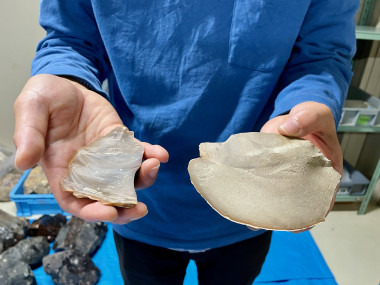
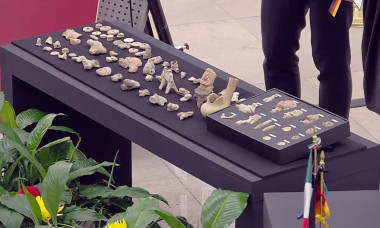
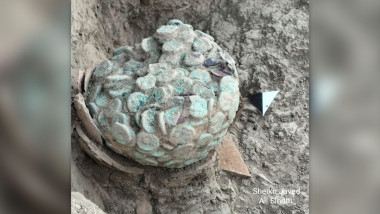
Scientists should seek answers hidden in the dirt using proven and state-of-the-art archaeological science techniques to support new discoveries about human evolution following recent controversies at a cave site in Africa, says a group of international experts....
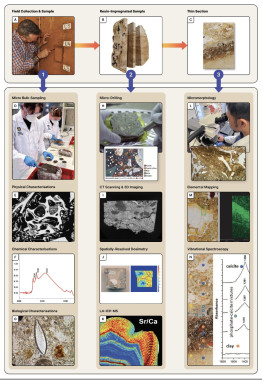


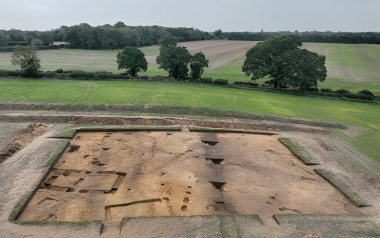

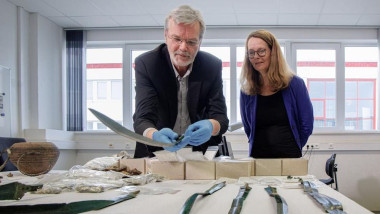
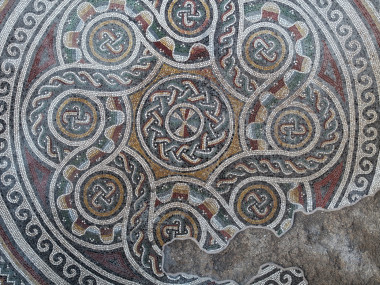

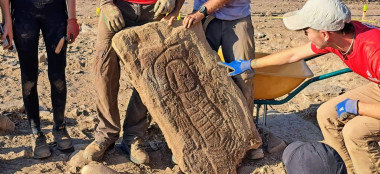
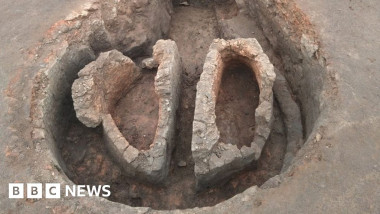
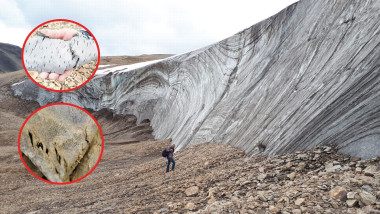

In a study published in the journal Scientific Reports, researchers from the Senckenberg Center for Human Evolution and Palaeoenvironment (SHEP) at the University of Tübingen show that early humans of the Middle Paleolithic had a more varied diet than previously assumed....

